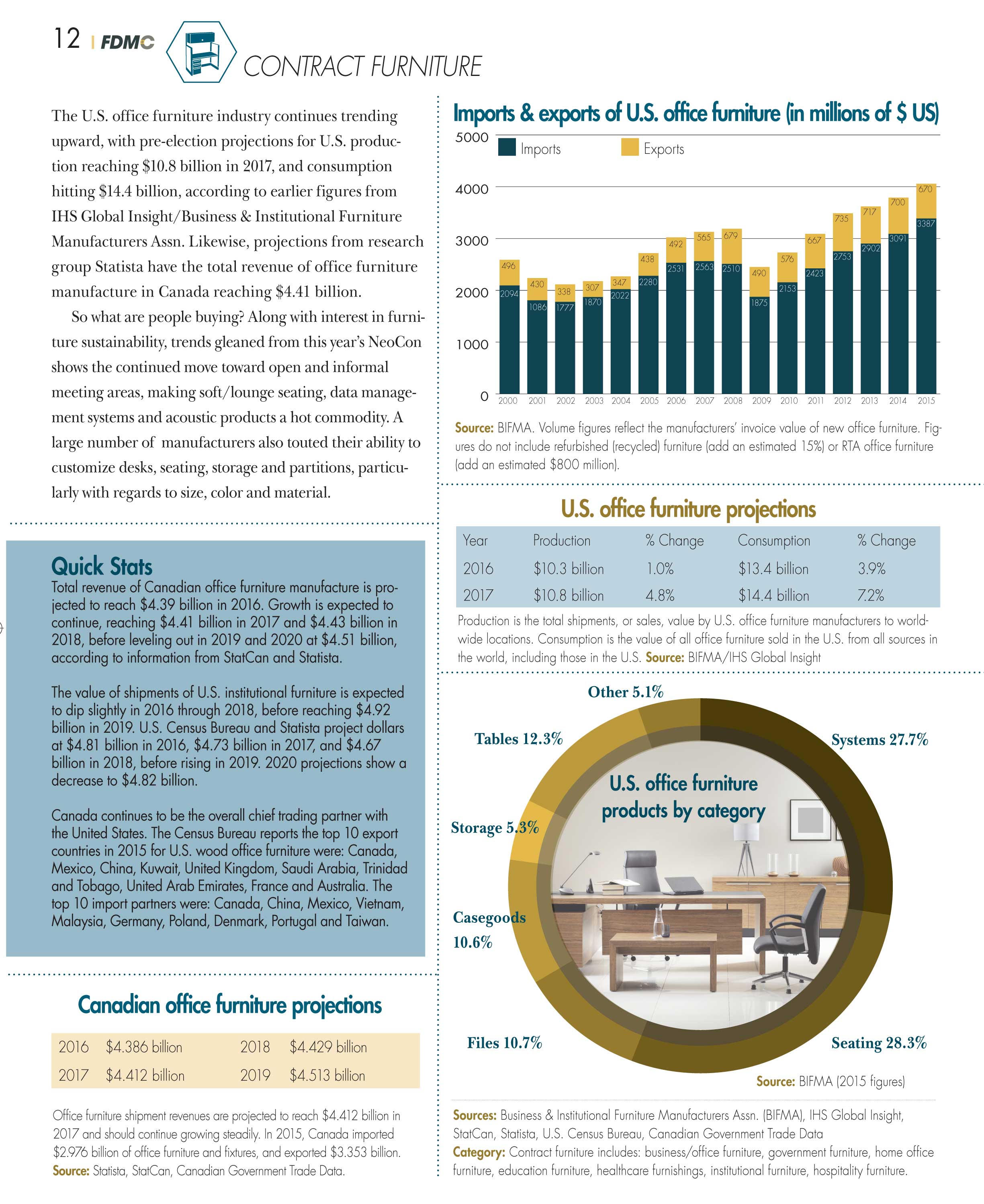Explore The Intriguing Odyssey Of Reconditioning Historical Cupboards, Unmasking Hidden Narratives And Deciphering The Secrets Of Previous Generations
Explore The Intriguing Odyssey Of Reconditioning Historical Cupboards, Unmasking Hidden Narratives And Deciphering The Secrets Of Previous Generations
Blog Article
Write- https://smallhouseremodel43220.is-blog.com/34078583/discover-a-world-of-polished-craftsmanship-and-bespoke-design-under-the-knowledge-of-a-competent-custom-cabinet-maker-where-your-space-are-transformed-into-practical-and-visual-wonders Produced By-Burke Cantu
To begin the journey of recovering antique closets, you need a keen eye for detail. Visualize uncovering disabled bathroom renovations within each layer of background embedded in the wood. Image the satisfaction of restoring a once-forgotten piece to its previous magnificence. Every action of this careful procedure holds the key to protecting the past while creating a future heirloom. So, are you prepared to embark on this transformative endeavor and unlock the capacity of your antique cabinets?
Examining the Cabinet's Condition
When beginning the remediation process, beginning by assessing the condition of the antique closet. Meticulously check out the overall framework for any signs of damage such as splits, chips, or loosened joints. Inspect the wood for any kind of rot, warping, or insect problem that may have occurred gradually. https://the-home-inspectors19764.bloggosite.com/34228072/experience-the-ability-of-a-personalized-cupboard-manufacturer to identify the degree of the restoration required before proceeding even more.
Next off, examine the cupboard's equipment such as joints, handles, and locks. Make note of any kind of missing items or parts that require repair or substitute. Guarantee that all hardware is working appropriately and safely affixed to the cabinet.
In addition, examine the cupboard's coating. Try to find any kind of scratches, spots, or discoloration that may impact the visual charm. Determine if the coating requires to be stripped and reapplied or if a simple touch-up will certainly suffice.
Gathering the Needed Tools and Materials
After evaluating the problem of the antique cabinet, the next step is to collect the required tools and materials for the remediation process. Before you begin, ensure you have the following items available:
- wood cleaner
- sandpaper in numerous grits
- timber filler
- paint or wood stain
- brushes
- handwear covers
- security goggles
- a dust mask
- a drop cloth
- a putty knife
- a hammer
- a screwdriver
- a vacuum cleaner
These devices and products are important for an effective repair.
Timber cleaner is critical for removing years of dust and gunk build-up, preparing the surface for fining sand. Sandpaper of different grits helps in smoothing out flaws and preparing the timber for a brand-new surface. Timber filler comes in handy for fixing any cracks, holes, or damages existing in the cabinet.
Repaint or wood tarnish, together with brushes, allow you to customize the closet to your preference. Keep in mind to put on gloves, safety goggles, and a dirt mask for security. Lay down a ground cloth to shield your work area, and use a vacuum cleaner to clean up any kind of debris.
With these tools and products collected, you prepare to begin the restoration procedure.
Performing the Repair Process
To efficiently implement the remediation procedure on your antique closet, begin by thoroughly cleansing the surface area with the timber cleaner. This action is important as it aids remove years of dirt, gunk, and old gloss that may have collected externally.
When the cabinet is clean and completely dry, evaluate the problem of the wood. Search for any splits, scratches, or various other damages that require to be resolved. Usage wood filler to fix any imperfections, seeing to it to match the filler shade to the wood tone for a smooth finish.
After the fixings have actually dried out, gently sand the entire surface to create a smooth and even base for the brand-new surface. Beware not to sand as well aggressively, as you don't intend to harm the timber beneath.
As soon as the sanding is total, use a wood discolor or finish of your selection, complying with the producer's instructions. Allow the finish to dry entirely prior to using a protective leading layer to make sure the longevity of your brought back antique cabinet.
Conclusion
Since you have actually finished the remediation process, your antique closet looks comparable to brand-new.
By complying with the step-by-step overview, you had the ability to assess, repair, and enhance its condition with ease.
With a fresh surface and protective leading layer, your valued item will certainly continue to radiate for years to find.
Appreciate the charm of your brought back antique closet!
